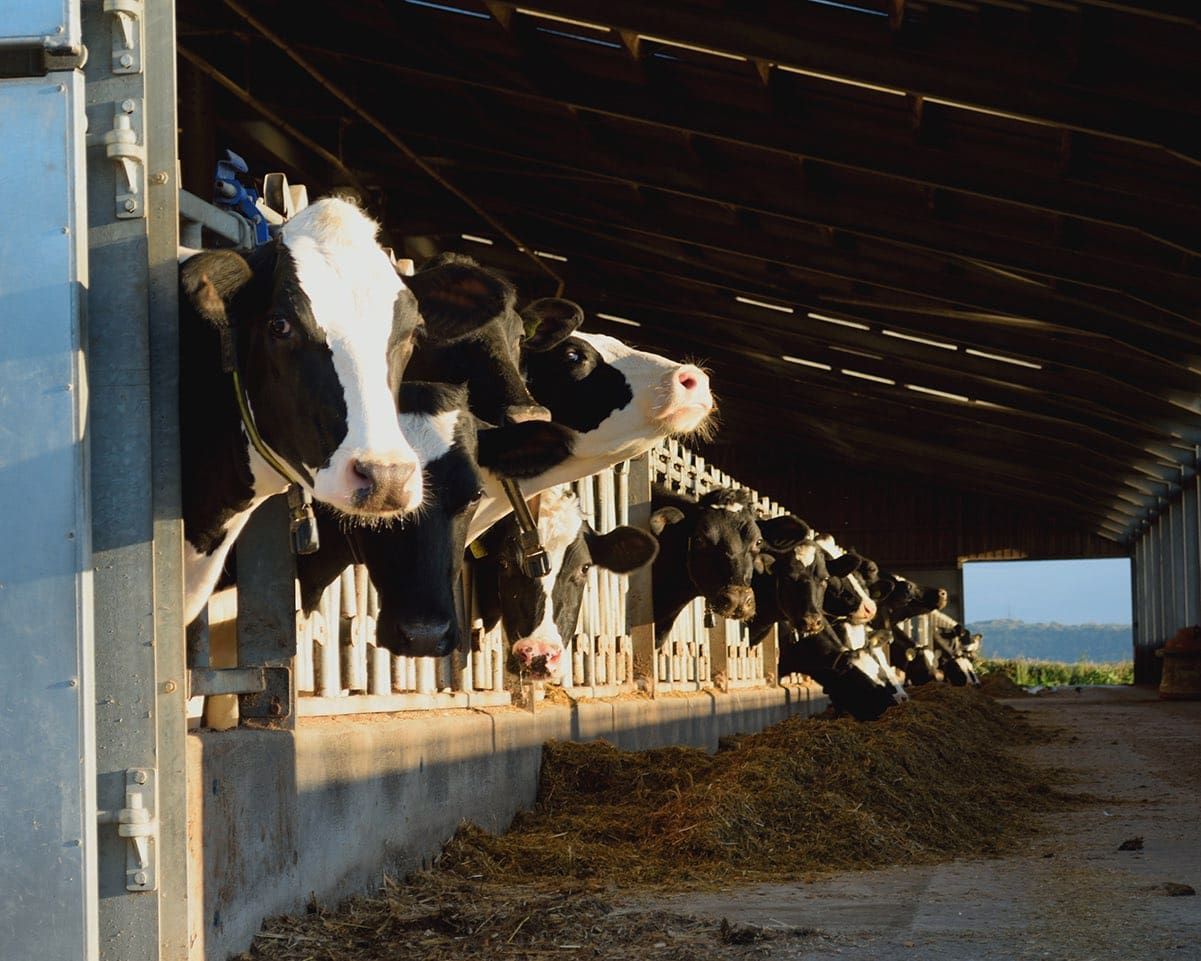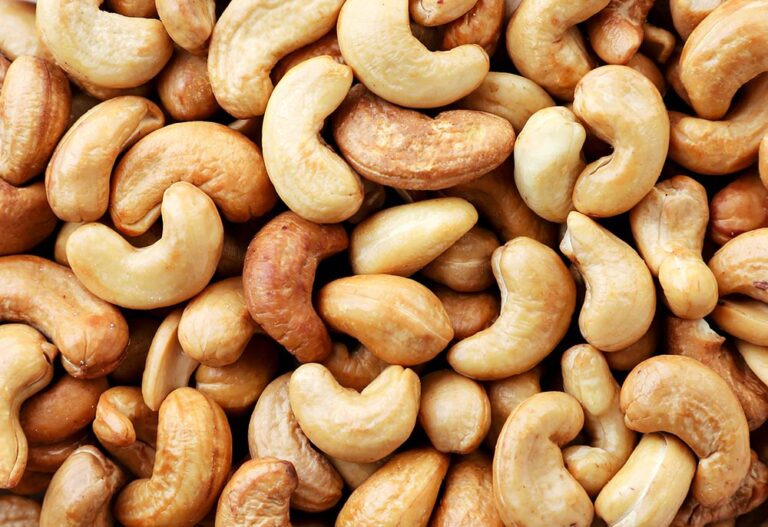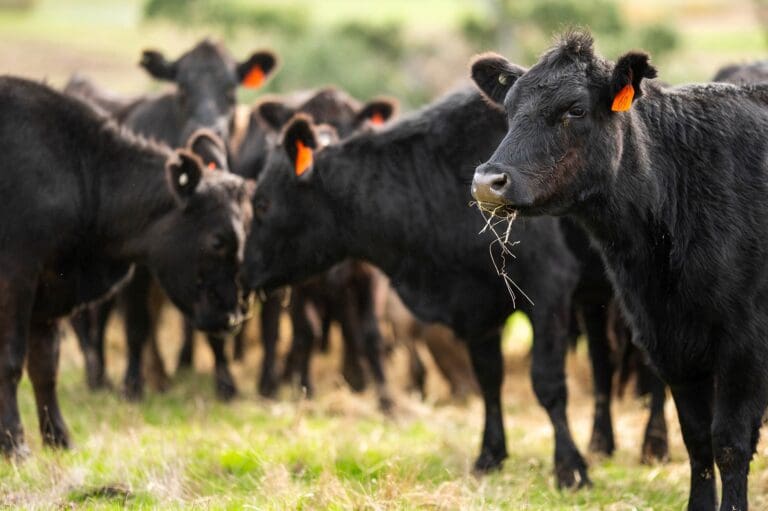Devastating floods in Rio Grande do Sul impact soybean production
According to market players, the agricultural sector in Rio Grande do Sul in April-May was severely affected by the worst floods seen by the region in over 80 years, resulting in substantial production losses, economic setbacks and potential impacts on future harvests. Rio Grande do Sul is Brazil’s second-largest soybean-producing state, and the flooding has sparked concerns regarding the 2023/24 soybean production.
As of 2 May 2024, 76% of its harvest was completed. However, the flooding has halted the remaining harvest, exacerbating delays already caused by earlier rainfall in April.
Market participants have expressed concerns that this event could significantly impact the 2023/24 soybean harvest and lead to increased prices across the vegetable oil complex. A considerable loss in production would force many market players to reconfigure their positions, potentially leading to snap buying to cover open positions.
Rio Grande do Sul corn situation
Approximately 5% of the corn crop in Rio Grande do Sul was in the fields during the flooding and could not be harvested. The planting season for wheat and barley, set to begin in early June, is now in jeopardy due to waterlogged soil.
Farmers were already considering a 15-20% reduction in the wheat area for early seedings, but the floods have exacerbated this reduction.
Rice impacted as well
Rio Grande do Sul, Brazil’s largest rice-producing region, has seen its entire rice crop washed away. Millers have lost their plants, and malting houses are completely submerged. This disaster may force Brazil to import rice for the first time in many years.
The government is contemplating subsidies to prevent a significant rise in rice prices, given rice’s importance in the Brazilian diet, similar to potatoes in Europe.
New laws on military registration cause concern for Ukrainian oilseeds markets
The introduction of new government policies in Ukraine is starting to significantly impact oilseeds markets. A recent law mandates that all men aged 18 to 60 must report for military registration. Market sources have expressed concern about the effect on the workforce, highlighting potential shortages of labour and disruptions to factory operations. The logistical sector is particularly at risk, with a significant percentage of the labor force falling within this age range. A source noted that a mass draft could result in significant reductions in Ukrainian oilseeds supply. This shift could transform what were once ample supply situations into substantial deficits, leading to upward price pressure on key export commodities like wheat, corn, barley, rapeseed, and sunflower products.
Market players have also reported about potential shortages of sunflower seeds and the impact on sunflower oil production. Current sunflower seed stocks in Ukraine are estimated to be less than 2 million metric tonnes, including unofficial ‘black market’ volumes. This represents a decrease of approximately 2.6 million tonnes compared to the same period last year. Industry insiders predict that by the end of May, sunflower seeds could become completely unavailable on the open market. Crushers are scrambling to secure sunflower seeds amid these tight conditions.
The potential for factory shutdowns due to insufficient seed procurement is prompting crushers to increase their buying efforts, mindful of the potential financial losses during downtime. With diminishing sunflower seed volumes, industry insiders believe crushers are likely to switch to rapeseed crushing upon its harvest in July. However, this switch could face additional complications if the draft scenario materializes.
Chinese export volumes for most feed additives increase on logistics concerns
In amino acids, China’s lysine HCl export volume decreased by 11% year on year in March, with the total Q1 volume reaching 188,594 tonnes, a slight 1% drop compared to Q1 2023. China’s MHA-FA export volume was 8,897 tonnes in March, increasing by 4% year on year, while the total export volume was 26,578 tonnes in Q1, rising by 9% compared to the same period last year. China exported 923 tonnes of tryptophan in March, a 6% increase compared to the same period last year. The total volume for Q1 was 2,699 tonnes, showing a slight year-on-year increase of 2%. China exported 4,953 tonnes of valine in March, down by 10% year on year, while the total export volume in Q1 was 14,392 tonnes, rising by 10% compared to the same period last year.
In vitamins, a 13% increase was seen in March for vitamin E exports compared to the same period last year. Export volumes totalled 13,952 tonnes in Q1 2024, marking a 27% increase year on year. Chinese exports of vitamin A increased by 3% in March compared to the same month last year, while the total export volume for Q1 increased by 23% year on year. Chinese vitamin B2 export volumes decreased by 19% in March 2024 compared to the same period last year. However, the total Q1 export volume increased by 7% year on year.
Feed industry expectations ahead of India’s general election
Final results for India’s ongoing General Elections (19 April to 1 June) are expected to be announced on 4 June 2024. Prime Minister Narendra Modi is seeking a third straight term and his Hindu nationalist Bharatiya Janata Party (BJP) is facing an alliance of more than two dozen opposition parties, including main rival Congress. Some Indian animal feed market players are already anticipating shifts in feed prices and supply chain dynamics during this critical period.
Other businesses, however, don’t expect much change in feed prices. The animal feed companies interviewed instead highlighted the seasonal and potential logistical concerns the sector is facing during the election period. For instance, water scarcity during India’s summer season is expected to decrease day-old chick (DOC) placements, resulting in a reduced demand for compound feed.
Moving forward, the animal nutrition industry is eagerly awaiting the final outcome of the elections in early-June and hoping that some of the sector’s challenges will be addressed by the new officials in place. Suresh Deora, Chairman of the Compound Feed Manufacturers Association (CLFMA) of India also shared his expectations for the incoming Ministry of Fishery and Animal Husbandry: “First, the urgent need to address issues related to ethanol production. Second, the adoption of genetically modified (GM) crops.”
Russian feed vitamins market’s reliance on China increases
In 2023, China further increased its dominance of the Russian feed vitamins market, accounting for 83% of the total supply, while the share of European companies shrank to 14%, Feedlot, a Moscow-based consultancy, estimated. Over the past two years, Chinese companies have been steadily overtaking European suppliers in the Russian feed vitamins market. In 2022, China supplied 79% of feed vitamins to Russia, while the EU’s share was 17%. A year earlier, China held a 75% stake of the market, and the EU 21%.
In 2023, Russia imported 30,600 tonnes of feed vitamins, a 19% decrease compared to the previous year, Feedlot estimated. This downward trend can be primarily attributed to the large stocks Russian firms accumulated during 2022 when market players braced for possible supply disruptions. In monetary terms, Russian feed vitamin imports amounted to $180 million in 2023, which was 36% less than in 2022 and 8% less than in 2021, Feedlot said.
CP Group to inaugurate new feed processing facility in central China
The construction project of Charoen Pokphand Group (CP Group)’s 360,000 tonnes/year feed processing factory in Yichang City, Hubei Province, Central China, is nearing completion. The company expects to begin trial production by the end of July 2024, one month ahead of schedule.
The project has a total investment of CNY 216 million (approximately USD 30 million), and the feed from the new facility will be used in CP Group’s existing one million heads/year pig farm in the region, which was inaugurated in late 2023 with a total investment of CNY 5 billion (approximately USD 705 million).
COFCO Feed begins construction on $14 mln ruminant feed line
COFCO Feed (Hohhot) Co., Ltd., has commenced construction on a 180,000 tonnes/year ruminant feed line in Hohhot, the capital of Inner Mongolia in northern China.
Representing a total investment of approximately CNY 100 million (approximately USD 14 million.), the project involves the construction of a 30 tonnes/hour or 180,000 tonnes/year ruminant feed production line. Project construction commenced in March 2024 and is expected to be completed by the end of August, with official production starting in October.
Adisseo building 9,000 tonne/year rumen-coated methionine unit in Spain
Adisseo is constructing a new unit for the production of 9,000 tonnes/year of rumen-coated methionine at its site in Burgos, Spain. The new unit, in which the company is investing “several tens of millions” of euros, is expected to come online in the first half of 2025.
“This project is about consolidation of existing production activities and business growth,” a spokesperson for Adisseo said.
Nestlé Purina to invest in Mexican pet food factory expansion
Nestlé Purina has announced a new investment of CHF 200 million (approximately US$220.4 million) to expand its pet food plant in Silao, Mexico. Nestlé Purina said it will equip the plant with a third line for wet pet food, and a fourth line for dry pet food. Nestlé Purina also disclosed that a 48-hectare plot of land adjacent to the property was acquired to allow for future expansions of the plant and to build a distribution centre for the domestic and export markets.
The Silao factory currently produces 125 varieties of dry and 45 varieties of wet pet food. It employs nearly 600 people. With the new expansion, up to 94 additional jobs will be created.



